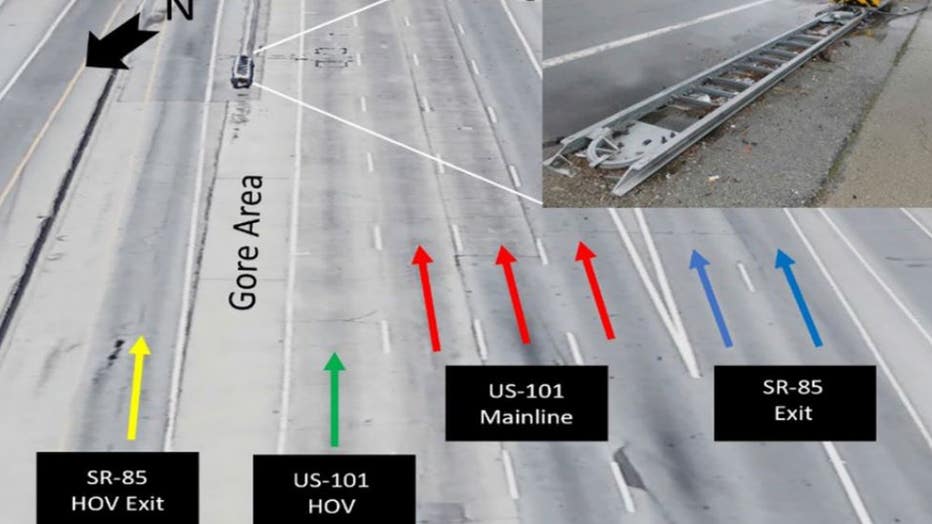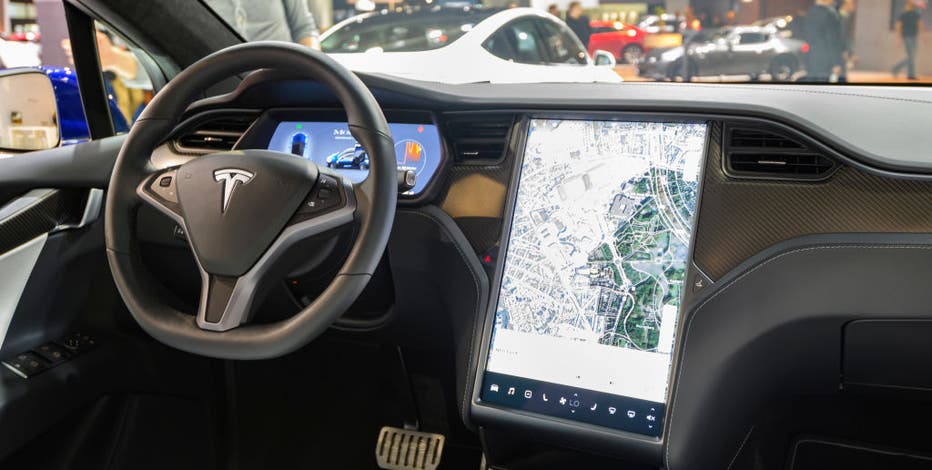Tesla settles lawsuit over autopilot crash that killed Apple engineer in Mountain View
MOUNTAIN View, Calif. - Tesla has settled a lawsuit brought by the family of an Apple engineer who died in a 2018 crash after his Model X vehicle was operating in autopilot mode and smashed into a concrete barrier in Mountain View.
According to Reuters, the settlement was reached just before the trial was expected to start over the death of 38-year-old Walter Huang. The outlet said the terms of the settlement were not revealed.
The family Walter Huang filed a negligence and wrongful death lawsuit in 2019 seeking to hold Tesla — and, by extension, its CEO Elon Musk — liable for repeatedly exaggerating the capabilities of Tesla’s self-driving car technology. They claimed the technology, dubbed Autopilot, was promoted in egregious ways that caused vehicle owners to believe they didn’t have to remain vigilant while they were behind the wheel.
Featured
Tesla autopilot probe: Company providing more info to US regulators
U.S. automobile safety regulators are zeroing in on changes that Tesla has made to its Autopilot partially automated driving system including how it makes sure drivers pay attention and how it detects and responds to objects.
Investigators learned that Walter was traveling along U.S. 101 near the State Route 85 junction when his vehicle rammed into a barrier that separated U.S. 101 from SR-85. Huang died from blunt-force injuries he suffered during the crash.
Evidence indicated that Huang was playing a video game on his iPhone when he crashed into a highway barrier.
The family's attorney previously said that Tesla was not the only one to blame for Huang's death.
The Huang family has also filed suit against the State of California for the status of the roadway the day of Huang's deadly crash. Photos from the area where Huang crashed, taken by CalTrans maintenance workers in March of 2018, show that a crushed impact attenuator. An attenuator is a type of barrier used to absorb the impact of high-speed crashes along freeways. However, photos show the attenuator was not fully extended and therefore could not absorb the impact of Huang's fatal crash.

Attorneys claim that the attenuator had been destroyed eleven days before due to a drunk driving crash. Records from the California Highway Patrol state that CalTrans was informed of the crushed attenuator after the crash. However, CalTrans says CHP did not notify the transit agency.
The Associated Press contributed to this report.


